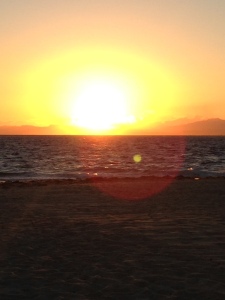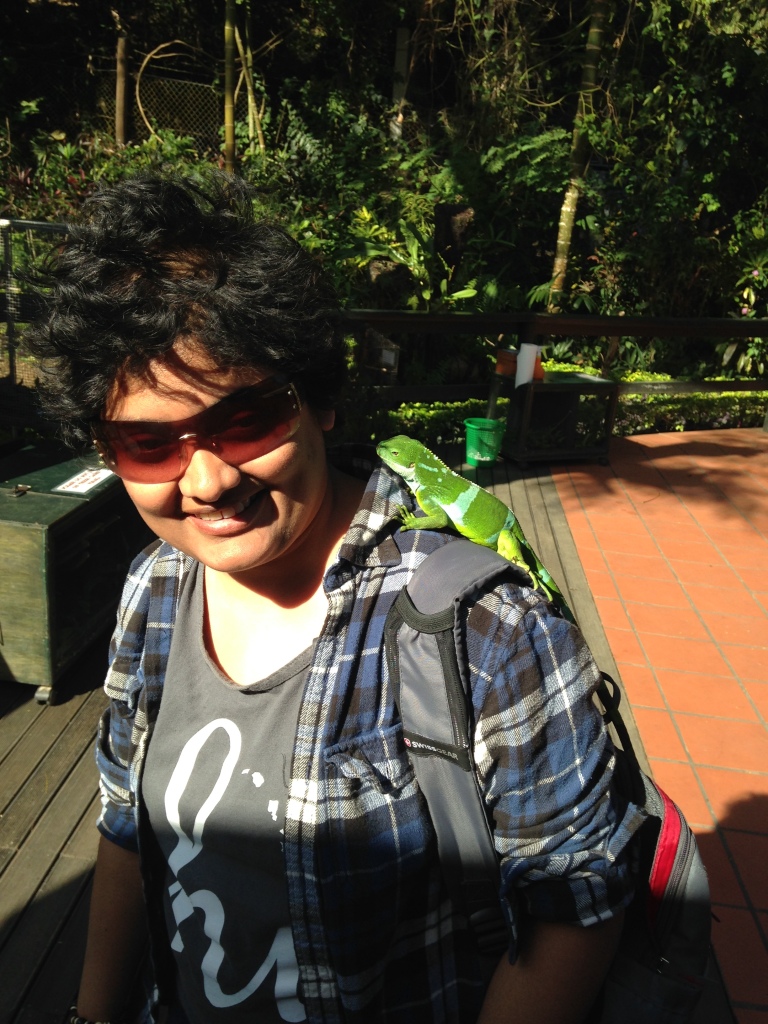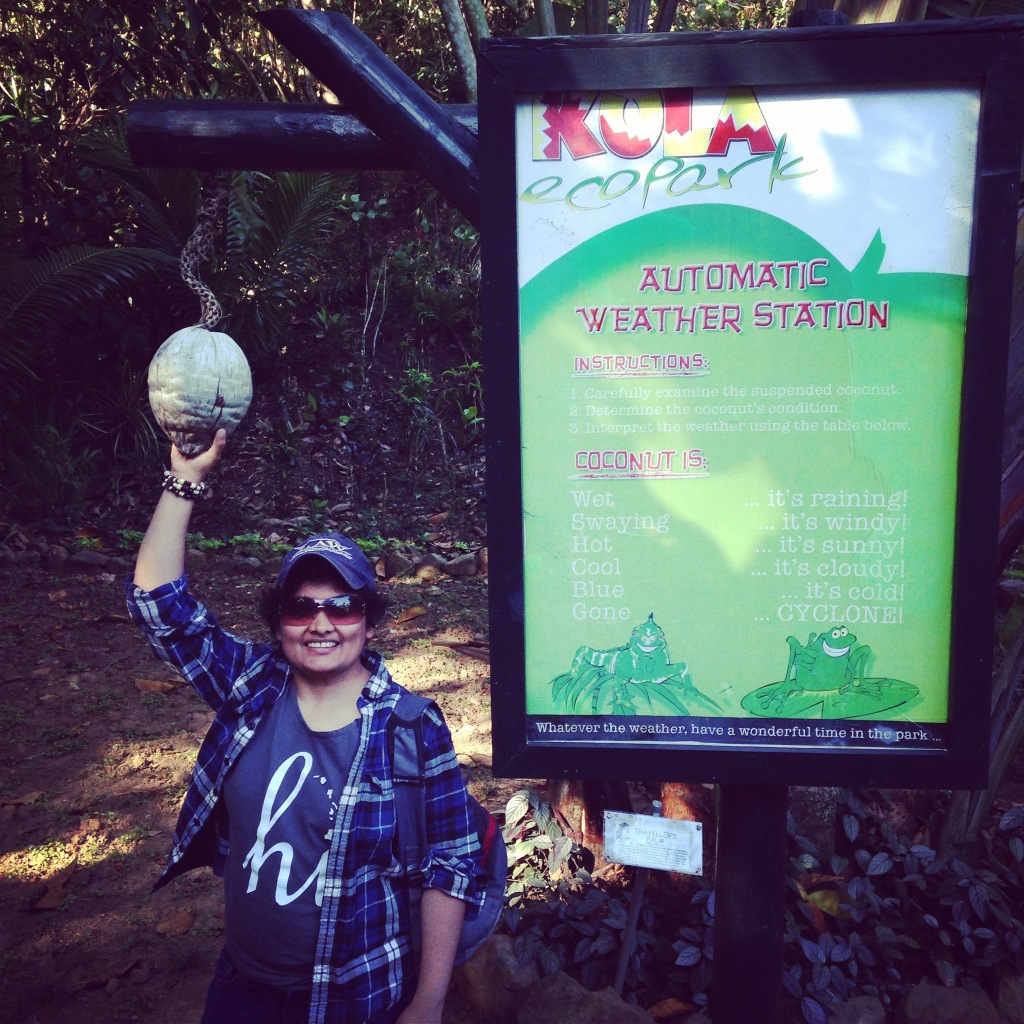Human Rights and Immigration Lawyer Contact Me
The Glorious Journey Home – Part 2 (Coral Coast)
“We never know the worth of water till the well is dry. ” ― Thomas Fuller
Some days I just want to go somewhere where no one knows me and start over. Start over without the pain, loss, devastation, and grief that marred my journey to the United States. Start over without the trauma. The days turn into weeks, the weeks into months, and the months into years.
Fiji knows me though. I was unsure at first, because so many things seemed so unfamiliar, at least when I landed. In retrospect, I have not spent time in Western since I was 9 years old, so there was never anything to remember.
 Still, there were things that were vaguely familiar. Friendly people. Coconut trees. The fauna and fauna. Roosters crowing at all hours of the day (and night). Fresh fruits such as pawpaw and passionfruit at the municipal markets. Lamington. Cream buns. Incinerator. Fiji cane sugar. Villagers on the main road selling root crops. Greasy Fijian Chinese food. Real multiculturalism. The reggae and hip-hop music on buses. Golden sandy beaches and emerald green lagoons. The calming sound of the ocean when you close your ears. Things that made me whole again.
Still, there were things that were vaguely familiar. Friendly people. Coconut trees. The fauna and fauna. Roosters crowing at all hours of the day (and night). Fresh fruits such as pawpaw and passionfruit at the municipal markets. Lamington. Cream buns. Incinerator. Fiji cane sugar. Villagers on the main road selling root crops. Greasy Fijian Chinese food. Real multiculturalism. The reggae and hip-hop music on buses. Golden sandy beaches and emerald green lagoons. The calming sound of the ocean when you close your ears. Things that made me whole again.
The warm rays kissed my skin, returning me back to my real colour. Salty ocean water drank up the equally salty tears and caressed away years of pain. Wading through the soft sandy beaches healed the pain in my feet. Even now, as I hit the 10,000 step mark on my Fitbit, my feet want to walk more. They know the way home, and they aren’t going to stop till they get there.
We left Beachcomber Island on Tuesday morning, well-rested for the next phase in our journey to the Coral Coast. We were waking up early by going to bed early, which meant we had the opportunity to watch the glorious sun-rise in the mornings, and enjoy everything the day had to offer. The Awesome Adventures boat made several stops to pick up passengers from nearby islands, before dropping us off at Port Denarau.
Port Denarau is a relatively new development. Actually, since it is built on native land that the former indigenous-led government usurped, go figure, it is rather controversial. If you know nothing about Fiji, just know this: 87 percent of land is indigenous or i-Taukei owned, and protected by the Constitution. It is the driving force of conflict between indigenous Fijians and Fiji-born Indians who have lived and toiled in Fiji for many generations. Without the ability to own freehold land, many poor Indian farmers in Fiji have been reduced to living in poverty-driven squatter settlements after their land leases expired. Not having the ability to own land outright is a powerful motivating force for establishing your own business and educating your children and sending them abroad to study and settle. The new government has to do more to ensure that Fiji Indians get a fair shot at owning property and making a living in the only country they call home.
I don’t want to make it seem like native Fijians and Indians are at war with each other. Most people want to put the coups behind them and get along quite well. I have never felt actual prejudice directed towards me for my race or ethnicity, while in Fiji–something I cannot say about the U.S. I was too young during the first two coups and too far gone for the one in 2000. Sexual orientation and gender identity is another matter, and my experiences have been mixed in both Fiji and the U.S. It is just now becoming cool to be gay. Heck, there are TV shows about how straight girls are going gay to be cooler. But I digress.
When we arrived in Nadi, we ate cheap Indian food for lunch, and took the spiffy Coral Sun bus to the Coral Coast–a part of Viti Levu near Sigatoka.
After checking in at the Tambua Sands Resort, we decided to trek back into town for a great massage at a local-owned spa, Sigatoka Spa, at Lal Plaza. At this point, I was still unclear as to the transport system in the Coral Coast, but we managed to catch the correct bus home by asking around. Later, I would realize that I can get a taxi that is returning to its base for the same cost as the bus fare.
We picked up some good Indian food for dinner in Sigatoka before returning to the resort for a fun night of reading and relaxing. The next morning, we climbed the Sigatoka Sand dunes. It was a five kilometre walk, mostly uphill, and the sand kept hitting us everywhere, but the view was completely spectacular. Afterwards, we walked back to the starting point of our route along a lovely sandy beach with roaring waves. And we were the only two people there.
With sand in our hair and clothes, we had some amazing Fijian Chinese for lunch in Sigatoka town, and trekked to the Kula Eco Park, which was slightly underwhelming for the price. I had been there as a child, and thought it was cool but going as an adult just didn’t quite feel like the same adventure, and I don’t like to see animals in captivity. I got to pet an iguana though, which was both cool and scary.

Next up: Pacific Harbour